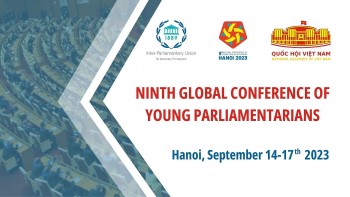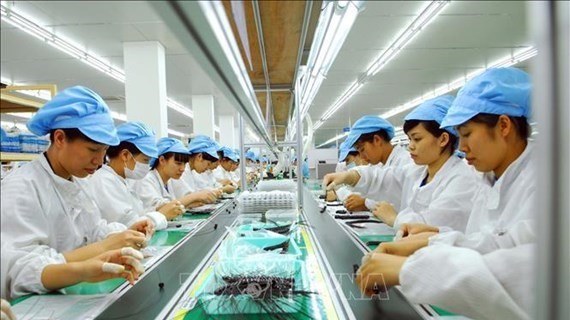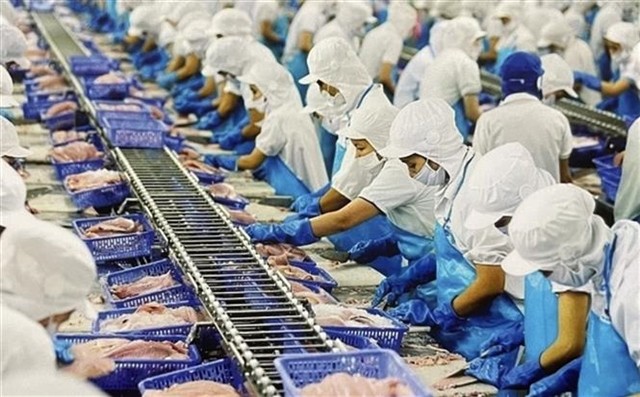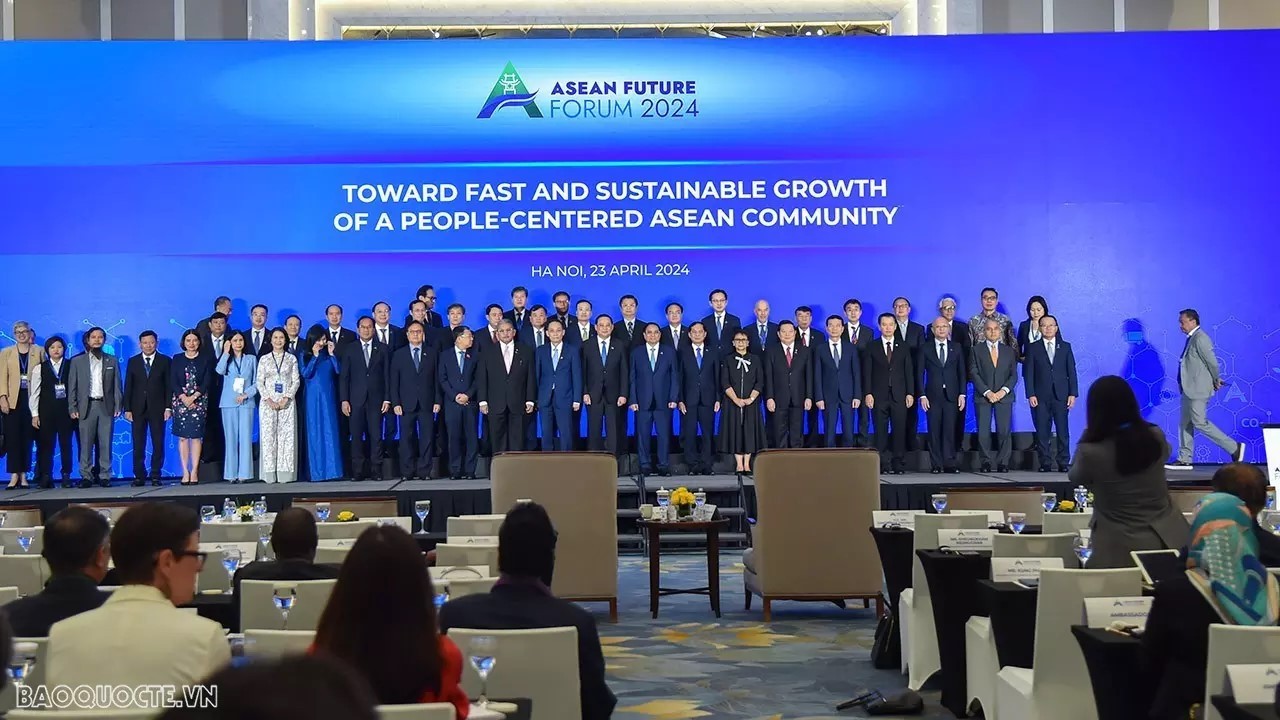The target China should have set
China’s decision to lower its annual GDP growth target to “around 7 percent” -- the lowest level in 15 years -- is understandably dominating headlines this morning in Asia. The figure matters hugely to global markets, commodity-producing nations addicted to Chinese demand and not least, the tens of thousands of mainland officials whose jobs and promotion prospects depend on meeting the numbers set by the central government.
China’s pain points
It’s also a useless, if not counterproductive metric. The lower number reflects the headwinds facing the Chinese economy -- sputtering exports, yawning overcapacity and a mountain of bad loans. It’s also an indication that President Xi Jinping and Premier Li Keqiang may be serious about sacrificing some growth in the interests of rebalancing the economy away from investment and exports and toward consumption and services. But as I’ve argued before, any target at all is a distraction from the mission of taming China’s excesses. Two-thirds of China’s provinces and megacities missed their targets last year anyway; this year Shanghai has dropped its GDP target altogether.
If Chinese leaders feel the need to give their subordinates a concrete goal, why not switch to another metric, one that offers better insights into how well China is or isn’t doing? I'd suggest median wages.
Three decades after Deng Xiaoping declared that to get rich was glorious, China confronts a major inequality problem. In 2013, Communist Party leaders pledged to narrow the wealth gap by ensuring minimum wages would rise this year to at least 40 percent of average wages. But slowing growth and local resistance have thwarted that admirable effort. Chinese companies -- facing evaporating European demand and the specter of deflation -- aren’t upping wages. None of China's regions have even reached the 20 percent threshold for minimum-wage hikes, never mind 40 percent (Beijing raised its by 10 percent; Shenzhen by 12 percent).
Meanwhile, despite the addition of new incentives to their promotion structures, local leaders still use big GDP increases to curry favor with Beijing. Among other things, that means holding wages down to attract foreign companies.
That’s not the only reason GDP makes for a poor yardstick. The number also includes lots of misleading noise: It measures output from hugely polluting factories, for instance, without considering the costs. And what does headline Chinese growth even mean? If the U.S., with its huge statistics budget and decades of expertise, can't produce a single, trustworthy figure capturing the economic experience of hundreds of millions of people at vastly different levels of income, what hope does an opaque developing nation like China have? Finally, high growth rates matter less if the benefits are concentrated among the elite (here, think India).
If Chinese leaders are serious about shifting to a growth model driven by consumer demand, they need to focus on raising incomes as broadly as possible. As I pointed out in a Feb. 13column, China's 7 to 8 percent growth in recent years isn't padding middle-class incomes as much as those of poor families. It's great that China's Gini coefficient, which measures the gap between rich and poor, has improved for six straight years now. It would be even better for Xi and Li, though, if the households on which they're depending to drive consumption were sharing growth's spoils, too.
In addition to its revised GDP target, China should announce a new mission to expand and lift the middle class and empower tens of millions more to leave poverty behind and join their wealthier comrades. Transparency must be a key part of the process. There's no reliable data series on median Chinese wages. Bloomberg's database puts median urban wages at about $8,200 at the end of 2013. But there's a complete dearth of indicators out there for hundreds of millions of rural workers. Beijing should start by deploying armies of statisticians to measure the labor market accurately. Even top-line job-market data are pretty sketchy. While China's official jobless rate is 4.1 percent, the Economist Intelligence Unit estimates it's closer to 6.3 percent.
A focus on wages would give a boost to other reforms that have been long discussed but have yet to gain momentum -- from the push to raise minimum wages, to efforts to expand the social safety net to cover migrants, to a thorough revamp of the “hukou” permit system to improve greater labor rights and mobility. All these measures may be debated yet again at this week’s National People’s Congress in Beijing. It would help if leaders ended their obsession with an economic goalpost that means nothing and focused on one that means everything.
* William Pesek is a Bloomberg View columnist based in Tokyo and writes on economics, markets and politics throughout the Asia-Pacific region. His journalism awards include the 2010 Society of American Business Editors and Writers prize for commentary.
The opinion expressed is his
Thanhniennews.com
Most read
Recommended
 World
World
China frustrated over joint naval and air drills in the Indo-Pacific region
 World
World
Washington-New Delhi Strategic Partnership Continues To Grow: US Envoy Says ‘If You Want To See The Future, Come To India’
 World
World
Discover The Unique Whipped Coffees Around The World
 World
World
China called out for destructing coral reefs in South China Sea
Popular article
 World
World
Mass Afghan Deportation from Pakistan: A Brewing Crisis for Regional Stability and Development
 Viet's Home
Viet's Home
Values of Vietnam's Dien Bien Phu Victory Spotlighted
 World
World
S. Jaishankar bolsters strategic collaborations across Singapore, Malaysia and Philippines
 World
World








